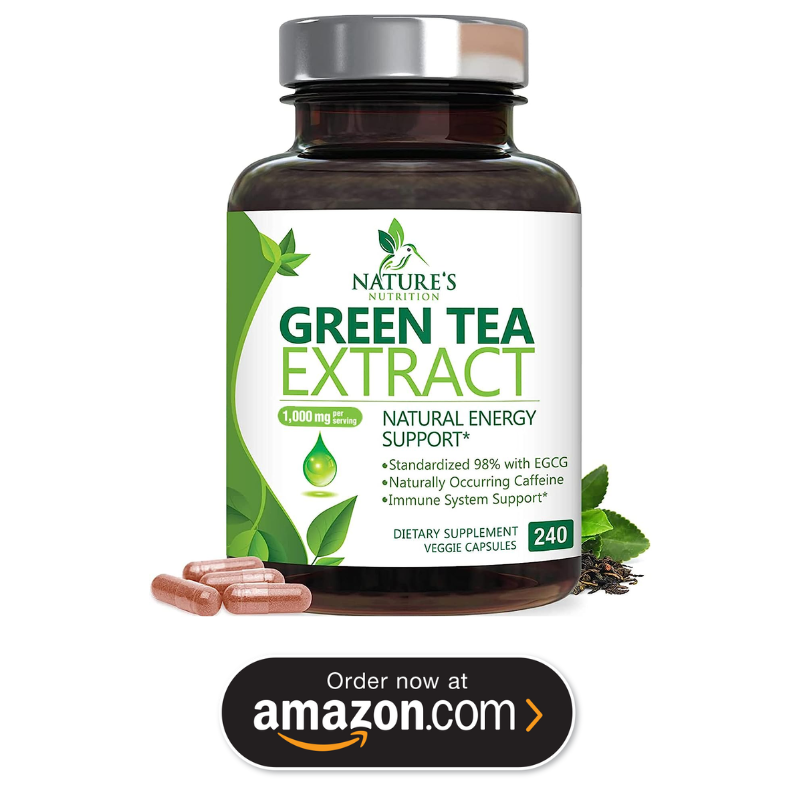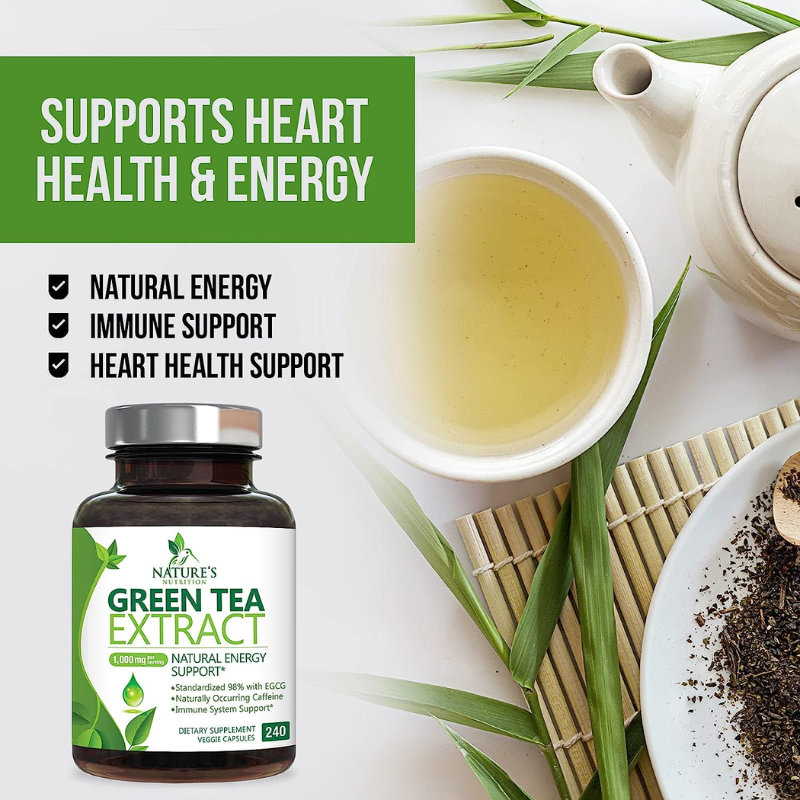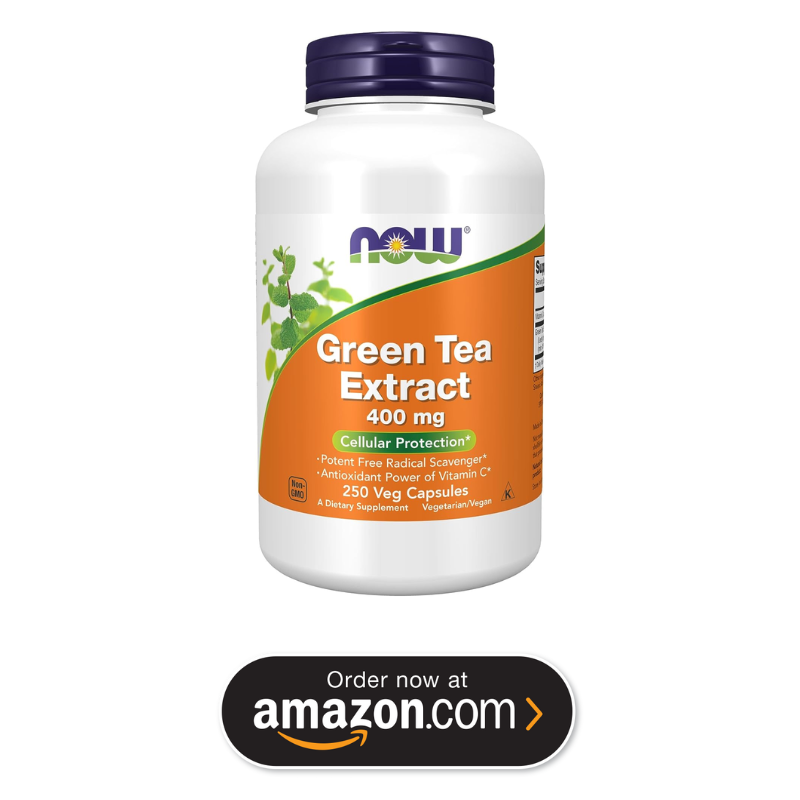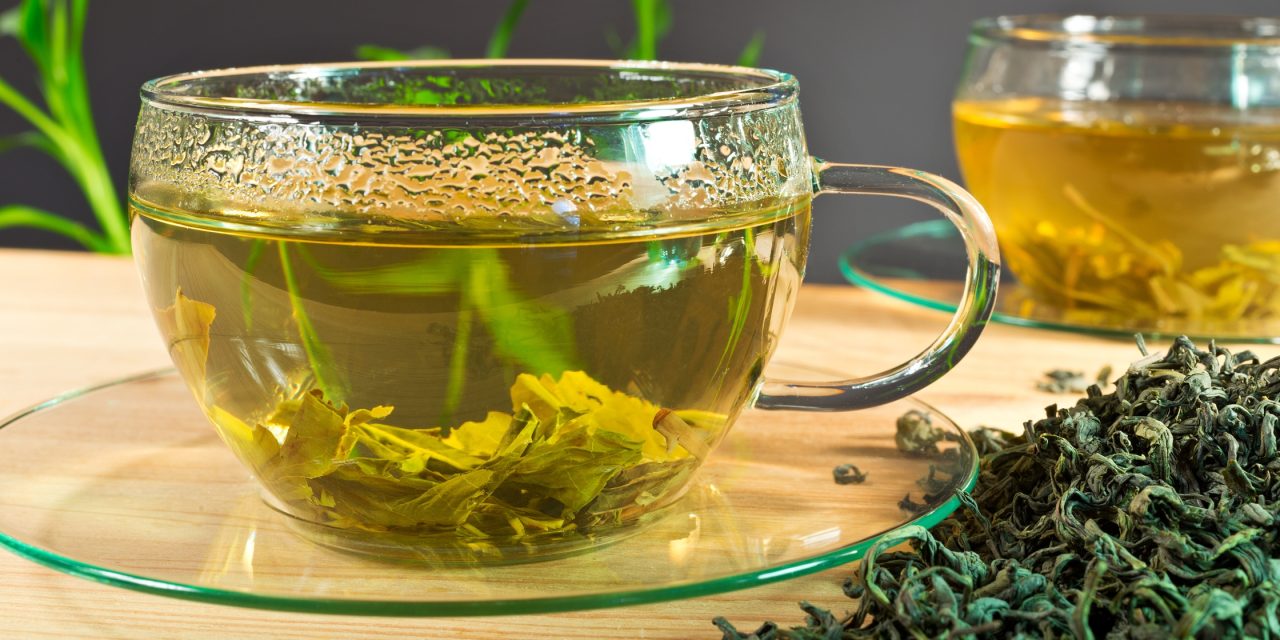The Potent Green Tea Shield Against Deep Fat and Heart Ailments
Imagine yourself holding a cup of calming, steamy green tea; not only are you immersing yourself in tranquility, but also, unbeknownst to many, taking a stand against diseases. The topic for today draws attention to an extraordinarily potent antioxidant harbored within the depths of green tea. This life-enhancing compound, ‘catechins,’ flexes its power against visceral fat and cardiovascular diseases, creating a potent shield against life-threatening ailments.
As this engaging journey within the world of green tea unfolds, you will find yourself being educated on the mounting dangers posed by visceral fat. Not the everyday fat layered under your skin; this is the silent enemy wrapped around your organs, leading to heart disease, type 2 diabetes, certain cancers, and stroke. Alongside this, you will unravel the groundbreaking results of a scientific study on the potent healing effects of catechins extracted from green tea, shedding light on its role in human health and wellness. Prepare yourself for a riveting exploration into the world of antioxidants and healthful living.
The Danger of Visceral Fat and Cardiovascular Disease
In the journey to healthy living, it’s common to hear about the need to reduce body fat. But there’s a specific type of fat that warrants special attention – Visceral Fat. It’s more than just an aesthetic concern; it poses serious health threats, particularly cardiovascular disease. Let’s dive deeper into understanding why.
Understanding Visceral Fat and its Health Risks
Stowed away deep inside your body, visceral fat wraps around your vital organs, such as your heart, liver, and intestines. Unlike subcutaneous fat, the one you can pinch on your belly, for instance, visceral fat isn’t visible from the outside. This doesn’t make it less dangerous, rather it amplifies the need for caution. Excessive visceral fat increases the risk of varied health complications – from type 2 diabetes and heart disease to certain types of cancer.
The Link Between Visceral Fat and Cardiovascular Disease
Visceral fat is metabolically active and releases proteins and hormones that can be harmful to your body. These substances can lead to inflammation and make your cells more resistant to insulin, contributing to the development of cardiovascular disease. When you have too much visceral fat, it can enter the portal vein and pass through your liver, which increases bad cholesterol (LDL) levels and reduces good cholesterol (HDL) levels, a potential recipe for heart disease.

The Healing Effects of Catechins in Green Tea
There’s hope, though. One natural remedy you possibly have in your pantry right now is green tea. Green tea contains antioxidants known as catechins that exhibit powerful health-boosting effects.
Introduction to Catechins and their Benefits
Catechins are natural antioxidants that help prevent cell damage. They can also reduce inflammation and have been shown to have potentially powerful effects on your health – right from enhancing brain function, aiding in weight loss, and reducing risks associated with heart disease.
Study on Catechins and Visceral Fat Reduction
Research has indicated that catechins can help in the reduction of visceral fat. In one 12-week controlled study, it was shown that green tea extract rich in catechins led to significant reduction in both visceral fat and overall body weight.
Effects of Catechins on Body Weight and Cholesterol Levels
Catechins also influence other factors pertinent to cardiovascular health. They support weight loss and maintenance and improve cholesterol levels. By encouraging fat oxidation and calorie burning, catechins help manage body weight and reduce cholesterol, both vital for a healthier heart.

Different Types of Green Tea
Green tea comes in several varieties, and knowing the difference can help you obtain maximum benefit.
Caffeinated vs Decaffeinated Green Tea
While most green tea contains caffeine, there are decaffeinated varieties available. Note that the process of decaffeination can also remove some catechins, potentially diluting the benefits.
Matcha Green Tea: The Superior Choice
Of all green tea types, matcha stands out as the superior choice. It is a type of powdered green tea that contains up to three times more catechins as compared to regular brewed green tea, maximizing the benefits.

Weight Loss Strategies to Reduce Visceral Fat
Let’s now turn our attention to other methods of reducing visceral fat beyond our diet.
Intermittent Fasting and Autophagy
Intermittent fasting involves alternating cycles of eating and fasting. It is not only a key weight loss strategy but also promotes a process called autophagy. This is a natural cleansing process where your body breaks down and recycles damaged cells and proteins, potentially helping with visceral fat reduction.
The Importance of Exercise
Physical activity is crucial in managing visceral fat. Aerobic exercises like running, cycling, or swimming, or strength training like weight lifting, can help you burn off visceral fat and keep it off.
The Role of Sleep and Human Growth Hormone
Don’t underestimate the power of a good night’s sleep. Proper sleep promotes the secretion of the human growth hormone that helps burn fat and thus takes part in the reduction of visceral fat.

The Importance of Fiber in Visceral Fat Reduction
The role of dietary fiber in fat reduction warrants a discussion as well.
The Benefits of Soluble Fiber
Soluble fiber absorbs water and forms a gel-like substance in your digestive tract. This slows down digestion, thereby ensuring a steady release of glucose into the bloodstream, preventing blood sugar spikes, which can lead to fat storage.
Impact of Soluble Fiber on Blood Work and Insulin Sensitivity
This steady release of glucose also balances your insulin levels, which plays a crucial role in fat storage and metabolism. Plus, adding more fiber to your diet can also improve your lipid profile and reduce your risk of cardiovascular diseases.

The Powerful Antioxidant Properties of Green Tea
Returning to the staple of our discussion, green tea, it’s worth noting its superior antioxidant properties.
Catechins as Antioxidants and Cell Protectors
Green tea catechins act as potent antioxidants that counteract free radicals in your body, which can cause cellular damage if their levels go unchecked.
Green Tea’s Role in Cognitive Function and Aging
Research has shown that green tea can enhance brain functions. Its antioxidant properties are shown to have an impact on reducing signs of aging
Effects of Green Tea on Blood Sugar and Heart Disease Risk
Green tea can sensitize cells so that they metabolize sugar better, which is important for overall heart health, as high blood sugar levels can cause severe damage to your heart.
Green Tea for Weight Loss and Longevity
Not only does green tea aid in weight loss by boosting metabolism, but its antioxidant capabilities also contribute to overall longevity and improved quality of life.

Recognizing the Signs of Visceral Fat
Now that we know the risks and ways to mitigate them, it’s essential to be able to identify the signs of visceral fat build-up.
Assessing Visceral Fat Levels
Your waist circumference is a straightforward and easy way to assess visceral fat. Generally, having a waistline above 40 inches for men and 35 inches for women is considered to have high visceral fat.
Metabolic Syndrome and its Relationship to Visceral Fat
Another significant indicator of visceral fat is a metabolic syndrome – a cluster condition that includes high blood pressure, high sugar levels, excess body fat around the waist, and abnormal cholesterol levels. It’s a warning sign that you could be at risk of developing heart disease, stroke, or type 2 diabetes.
Making Lifestyle Changes for Visceral Fat Reduction
Sustainable changes to your lifestyle can make a significant difference in reducing visceral fat and improving overall health.
Dietary Changes to Combat Visceral Fat
Eating more fiber-rich foods, lean proteins, and complex carbohydrates while limiting processed foods, saturated fats, and refined sugars can help reduce visceral fat. Including green tea can substantially aid this process.
The Benefits of Intermitted Fasting
We’ve already discussed how intermittent fasting promotes autophagy to aid in visceral fat reduction. But it can also enhance your metabolic health and increase your longevity.
The Importance of Regular Exercise and Sleep
Incorporating regular physical activity into your routine and ensuring optimal sleep can go a long way in controlling visceral fat.

Taking Action Against Visceral Fat
Awareness is the first step in making positive changes, but action is key to making a lasting impact.
Motivation for Positive Change
Create achievable goals, seek support from family and friends, and remember that even small changes can have big impacts on your health.
Sharing the Message of Visceral Fat Awareness
Spread the knowledge. Encourage others to be mindful of visceral fat and embrace healthier lifestyle choices; it could save lives.
Concluding Words on the Power of Green Tea
The Power of Green Tea in Fighting Visceral Fat and Cardiovascular Disease
Green tea, particularly its catechin content, along with fiber-rich diets, adequate sleep, and regular exercise, can be a potent arsenal in the fight against visceral fat. By reducing your visceral fat levels, you’re not just working towards a healthier body but also avoiding the dangerous implications of cardiovascular diseases. So, go ahead. Brew a pot of green tea and take the first step towards a healthier you.

